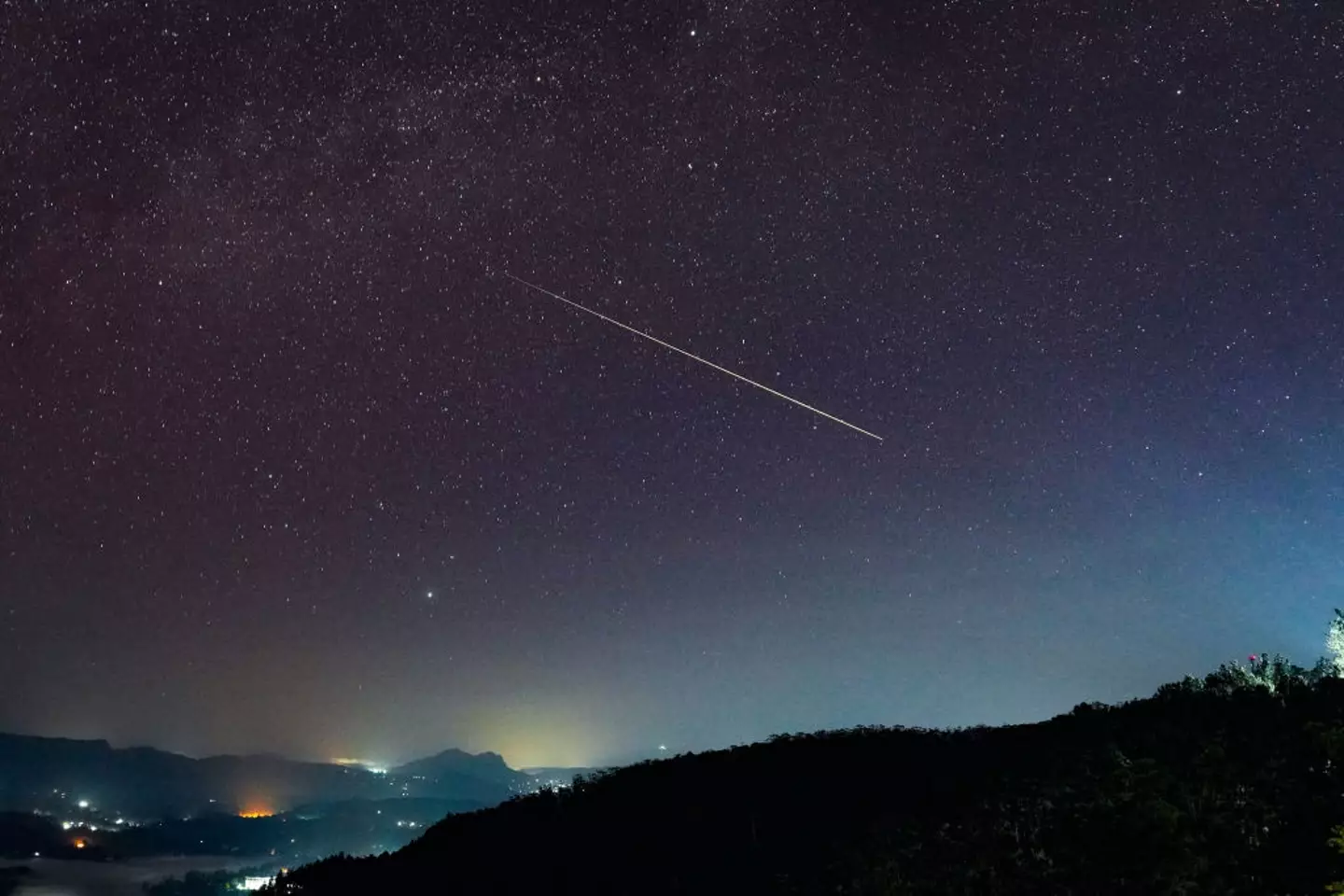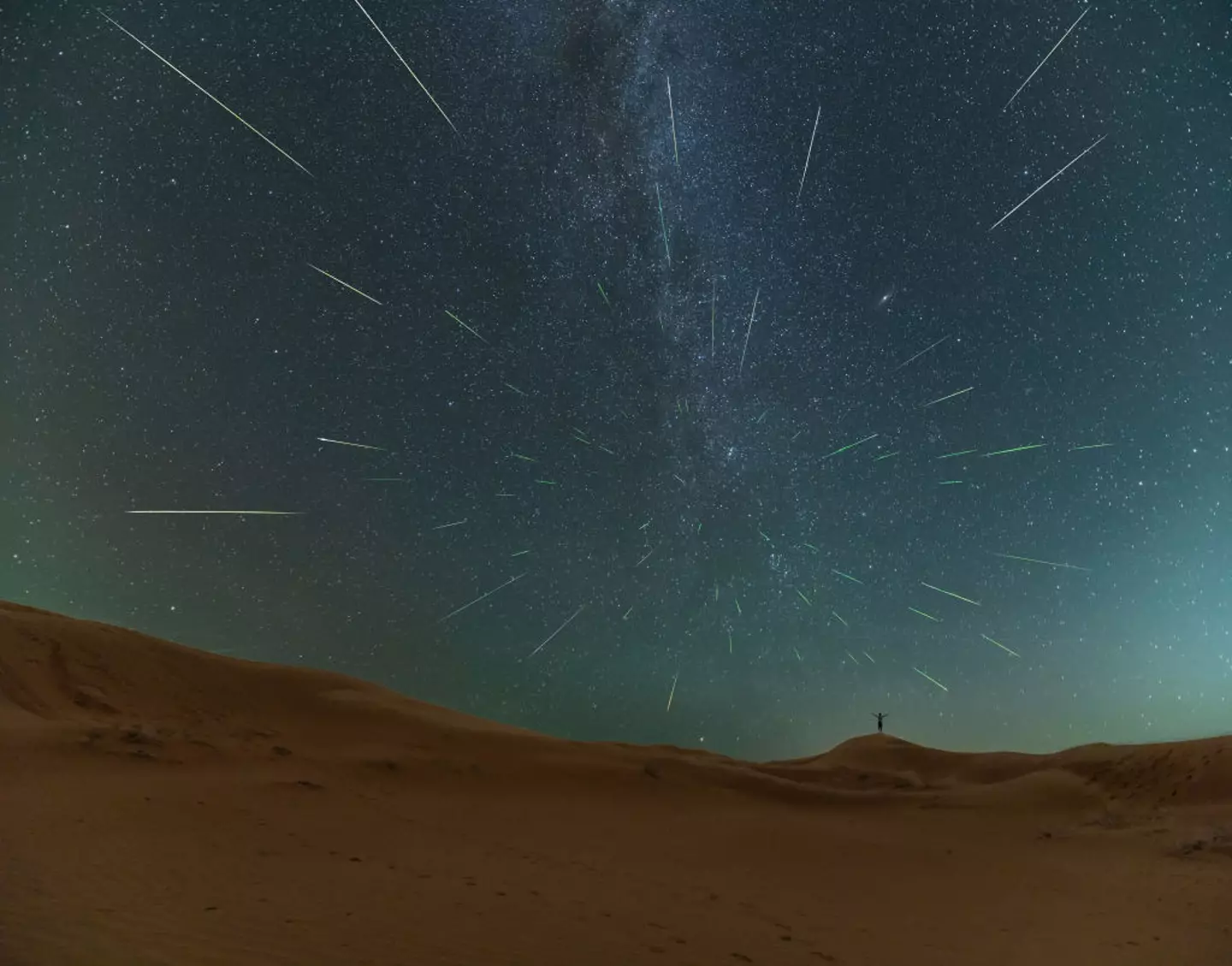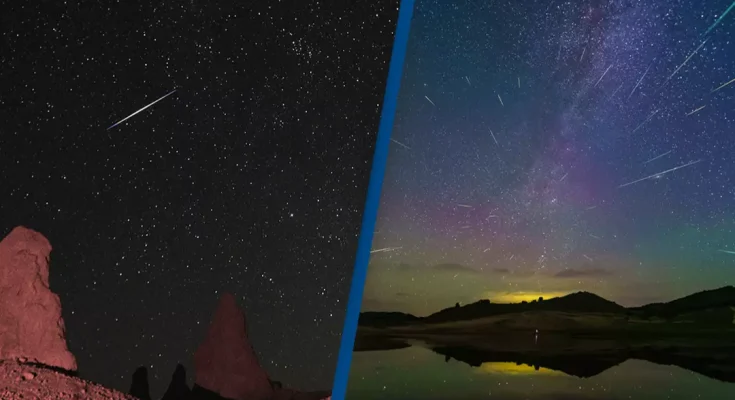The space agency issued advice for anyone who wants to get a good view of the meteor shower, particularly if you’re in an urban area
NASA has issued advice to anyone who wants to view the upcoming meteor shower this weekend.
The Perseid meteor shower is due to appear in the night skies over the weekend. It looks set to be a stunning cosmic display, with as many as 50 to 75 shooting stars expected per hour at its height.
The whole thing sounds absolutely astonishing, but there is one big factor which could disrupt some people’s ability to be able to view it properly.
NASA warned about one problem which is especially true if you happen to live in a more built up urban area.
This is, of course, the issue around light pollution, a huge problem when it comes to viewing celestial events.
The invention of electricity has transformed our planet, with nighttime seeing Earth showing off a constellation of its own as cities light up.
You can even spot major geographical landmarks such as the Nile, and political divides such as the difference between North Korea and South Korea and the border India / Pakistan border.

The meteor shower will be peaking over the weekend. (Thilina Kaluthotage/NurPhoto via Getty Images)
But when it comes to viewing the stars the light produced in our cities is so overwhelming it effectively drowns it out.
This is why NASA has suggested that if people want the best view possible of the meteor shower they should go somewhere a bit more remote.
In a press release the space agency said: “Try to get to the darkest location you can. The darker it is where you are, the more meteors you will see streaking across the sky.”
You can use things like dark sky parks or light pollution maps to help you find the best spot to view the shower near you.
It will also definitely be worth checking the weather forecast in the area you plan to view from.
After all, there’s no point driving for hours only for your meteor viewing plans to be scuppered by pesky clouds!

You’ll have to go somewhere remote to get the best view. (CFOTO/Future Publishing via Getty Images)
It’s also worth timing your viewing for when the moon sets, generally around midnight, as this will also minimise the risk of light pollution.
As for actually viewing it, you can look in more or less any direction to see the meteor show, except down obviously.
You should also avoid using a telescope or binoculars for the viewing as these could actually make it more difficult to spot the meteor shower.
And if you miss it this weekend, not to worry as the Perseids will be visible throughout August, they’re just be peaking this weekend.



